When Bryan Vega takes the straight road through the Holtville carrot farms to see his doctor across the border in Mexicali, he makes a day of it.
“What were you doing in Mexico?” the U.S. Border Patrol agent asked him on the way back.
A check up, a meal, a haircut, a walk on the streets his family has long crisscrossed, a pitstop in the Catedral de Nuestra Señora de Guadalupe to pray, another meal.
It's what he would do with his mom, or his dad or his grandmother. Today he takes his little brother Alexis, and he knows he is sharing a tradition — but he also knows it's a necessity. In Baja California’s capital city, he can get the care he needs.
When Vega’s lung collapsed the first time, he was in Los Angeles, far from his family home. He got COVID-19, then pneumonia, then it collapsed. L.A. doctors reinflated it, and when he arrived home to Imperial Valley for a visit, it collapsed again. This time doctors in Mexicali reinflated it.
And then they ran more tests.
Doctors said Imperial Valley air was largely to blame for his 24-year-old lung folding under pressure — twice.
Respiratory illnesses are nothing new in the valley.
It has the state’s highest rates of children ending up in the emergency room to manage their asthma, a sign of poor asthma control in a population. For decades the region has earned a failing grade for air quality from the American Lung Association.
Driving worsening conditions are the degrading Salton Sea, agricultural runoff, cross-border pollution and dust storms that regularly froth pollutants into churning clouds that fill the valley, trapped between adjacent mountains.
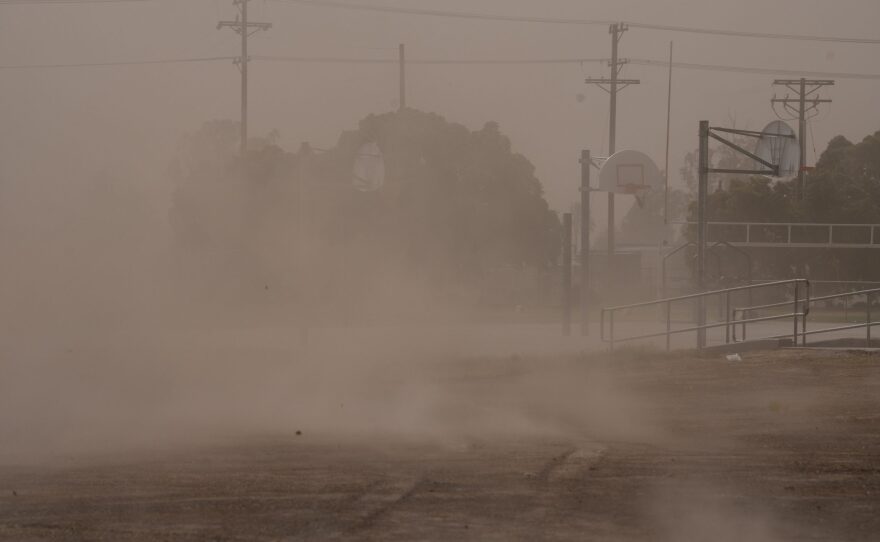
Locals have a word for it: “We say nata,” explains Mexicali based asthma specialist Dr. Valente Merida.
But the Imperial Valley has also long faced setbacks in delivering adequate health care in the rural region: Low profits have made it difficult to build out essential programs as well as to attract and retain specialists. Over half the population is enrolled in Medicare or Medicaid, way above the state average of roughly a third. Hospitals profit less from public insurance plans, and as a result, doctors say they lack adequate staff and resources.
That’s made it more difficult for health care workers who have committed to staying in the valley to do their job.
A dearth of asthma specialists force many patients to travel beyond county lines to seek care. That reality has vexed local leaders, especially as they race to attract backing for “Lithium Valley,” the green energy venture they hope will transform the region’s economy but that many community members worry may worsen air conditions. Companies are building on the shores of the Salton Sea, and local community organizations say the county’s plan to mitigate the toxic dust during and after construction is inadequate.

To many, the more affordable and culturally competent asthma specialists are in the robust metropolis of Mexicali.
This year, inewsource held listening sessions in collaboration with local community organizations and attended numerous community meetings throughout the valley. Nearly everyone at the listening sessions said either they relied on Mexico for health care needs or had family members who did.
“I don't know if it's just a standard of care or if it's a matter of culture,” said Vega, adding that Mexicali doctors get to the root of the problem “regardless of how many specialists it will require.”
Mexicali is the capital city of Baja California and has a population of over a million residents, in stark contrast to Imperial County which has just over 178,000. Though it also has an agriculture sector, over the last several decades the city has become a major producer of consumer electronics and other industrial products. It has numerous universities, among which are the Autonomous University of Baja California where there is a thriving medical school.
Toxic dust
Imperial Valley's promise lies in a conundrum. More industry could mean more resources, but first it could mean more people exposed to environmental risks without adequate access to health care.
Imperial Valley residents say that doctors have advised them to leave the region altogether if they want to improve their health condition. But hopes for “Lithium Valley” are that it will attract more people and business to the region.
Locals who can’t leave must either treat the symptoms or seek a more thorough approach.
“It wasn't until I moved to San Diego … that I realized, 'Oh, I actually do not use my inhaler that much anymore,' and I haven't landed in a hospital like for years now,” said Gilberto Manzanarez, a former Calexico City Council member.
When Manzanarez came back in 2021, so did his asthma.

“Almost immediately, I landed one of my bigger asthma episodes that I've had pretty much in my lifetime, which was a little scary,” said Manzanarez.
Manzanarez grew skeptical of the resources around him, saying that when he had an attack they would often just treat it the same way he could at home, and that they would get at the root of his condition.
“But in Mexico, there's actually clinics that specialize, like entire clinics that just specialize in asthma and respiratory issues,” Manzanarez said.
In recent years, state and local governments have set their sights on the vast stores of lithium, a key component in making electric car batteries, under the Salton Sea. Successful commercial mining of the metal would put California and the U.S. on the map as a top international producer. Some say the local economy would reap the benefits. But the sea, which is receding and continues to expose more and more toxic dust nested in its playa, is also one of the valley’s primary polluters.
Runoff from the agricultural industry has long flowed into the sea. Unfolding research from UC Riverside led by biomedical scientist Dr. David Lo suggests that the receding water line is also unleashing organic bacteria that is causing lung inflammation for nearby communities.
He says that 40% of families near the southern end of the sea, where lithium development is planned, have someone with asthma.
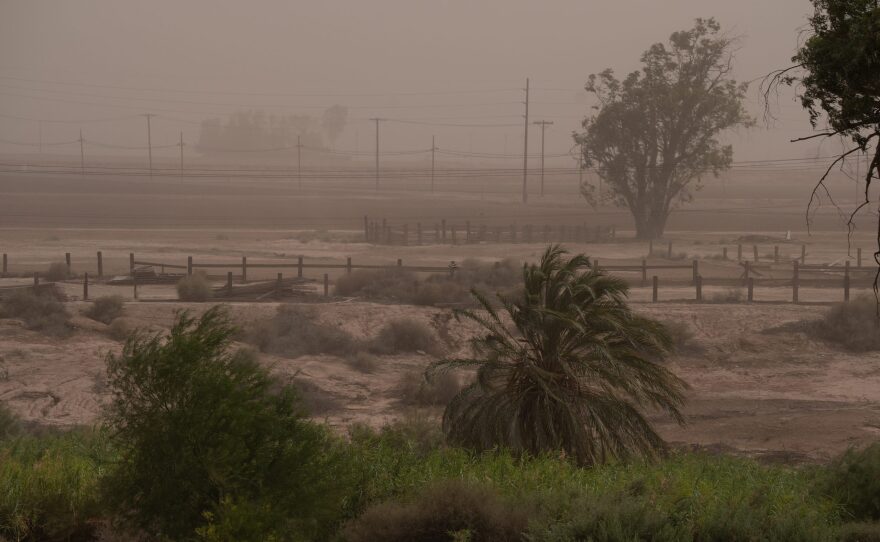
“They're breathing that dust from the Salton Sea, and it has this high level of bacterial toxin,” Lo said.
Firsthand experience has residents fearing what a boom of industry along Salton Sea shores might mean for the community which already faces respiratory illness and limited access to health care.
“These communities are acutely impacted by the harmful air quality impacts of the exposed playa, which is caused by less water making its way to the rapidly shrinking Salton Sea,” says a statement signed by a coalition of organizations and local tribes.
The option to seek health care outside of the county comes with other burdens, mainly financial ones. Many of the clinics in Mexicali are private and aren't affordable for some. Others go to San Diego.
Beneranda Cooper, a Calipatria resident, got COVID-19, then pneumonia and then her asthma, which she has had since childhood, flared up. It took a month before her insurer matched her with a specialist in San Diego, 140 miles away.
She said the care was fantastic, but not without its challenges: "Having to travel to San Diego, you know, was hard. … Sometimes I would have to borrow money just to get back and forth.”
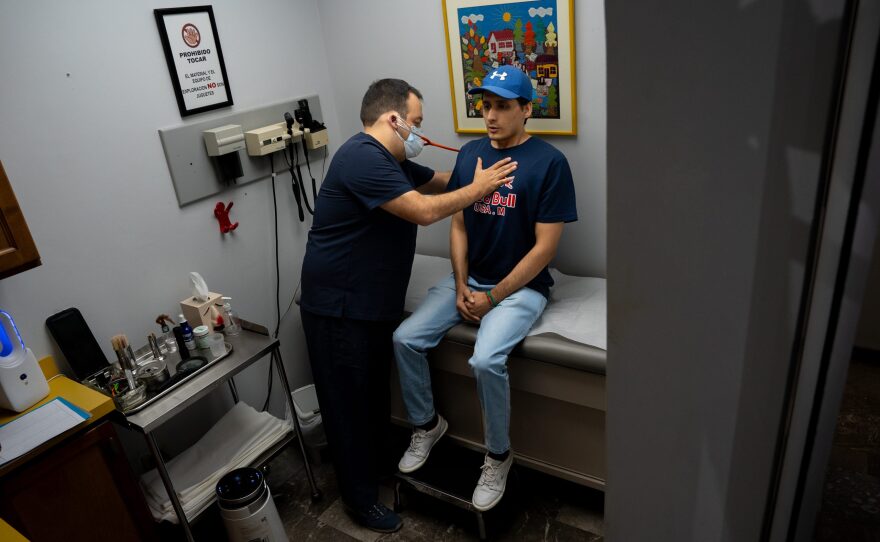
"'We share the problems;'"
Like the urban centers of San Diego and Tijuana, Mexicali also offers a more robust health care economy supported by a dense population. Imperial County’s hospitals, however, have long struggled to attract, develop and maintain specialized health care.
That lack has contributed to a growth of medical service providers and private clinics in Mexico that serve U.S. residents.
Dr. Merida has been running his asthma clinic in Mexicali near the U.S. Port of Entry for more than 35 years. He sees hundreds of U.S. patients yearly who cross the border for services. He is also the president of Mexicali’s medical tourism committee.
He says Mexicali and Imperial Valley share and contribute to the same problem, the polluted air, but that resources for dealing with repercussions vastly differ. Once you cross from rural Imperial Valley into Mexicali, you are in a city that is bustling with universities, several hospitals both public and private as well as many specialized clinics like his own.
“They’re looking for a lot of assistance,” Dr. Merida said, referring to those who travel to seek specialized care.
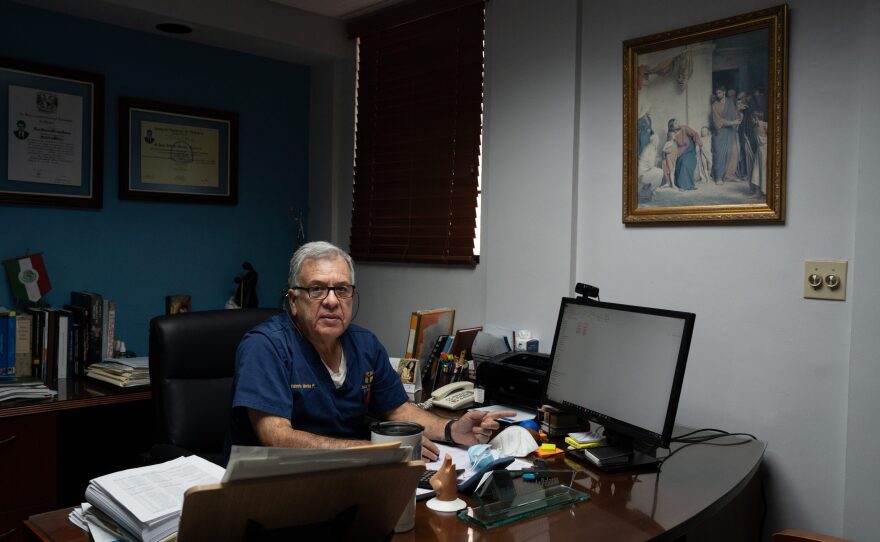
According to the American Lung Association, pulmonologists who specialize in asthma are able to draw on a wide range of tests and procedures such as bronchoscopies, CT scans, blood work, sleep studies and spirometry (a type of breathing test) to diagnose and zero in on the right approach for treatment. Because respiratory illnesses can have a variety of causes, arriving at what triggers them for a patient can be a crucial step in the process of developing a long term treatment plan.
Imperial County residents using federal health insurance programs have access to about half as many pulmonologists per capita as compared to San Diegans, according to the Centers for Medicare and Medicaid Services. It’s unclear how many of those doctors specialize in treating asthma or live in the county.
He also says that many of his patients come because they prefer the style of service in addition to meeting their language needs – most of the U.S. residents who come to see him speak Spanish.
“In Spanish it’s calidez (warmth),” Dr. Merida said. “We have to engage the patient to get the information, the real information. Not all the patient gives you is the real information. So you, you have to gain their trust.”
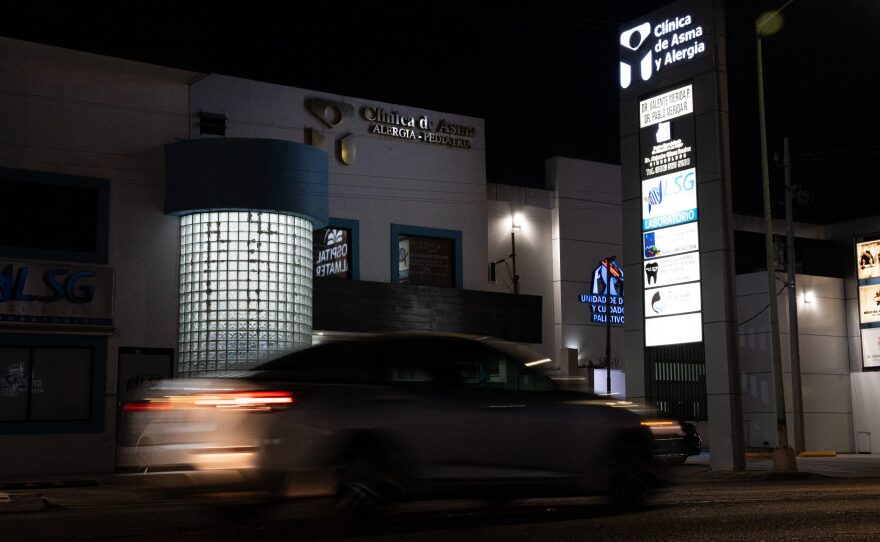
A day of it
It was perhaps Vega’s last trip to SIMNSA, a Mexican health insurer and provider focusing on care for U.S. residents. It was the first Mexican HMO to be certified in California as a health care service plan. He turned 26 this year, and he will no longer be eligible under his parents insurance plan.
"These are doctors that have seen me since I was a child," Vega said.
He hopes somehow to continue with the plan, if he can find a way. Many employers throughout the region offer SIMNSA as an option, including Imperial County government.
Vega also was struck by how thorough the doctors were in his road to recovery after his lung surgery in Mexicali. The doctors even directed him to a therapist, saying that he had been undergoing stress that was impacting his recovery process.
It was "an attention to detail" he thought was remarkable and not typical of care in the United States, Vega said.
The trips across the border were comforting, he said.
"It's a way that we also are able to really take care of ourselves."

inewsource investigative reporter Philip Salata reported this story while participating in the USC Annenberg Center for Health Journalism’s 2024 California Fellowship.






